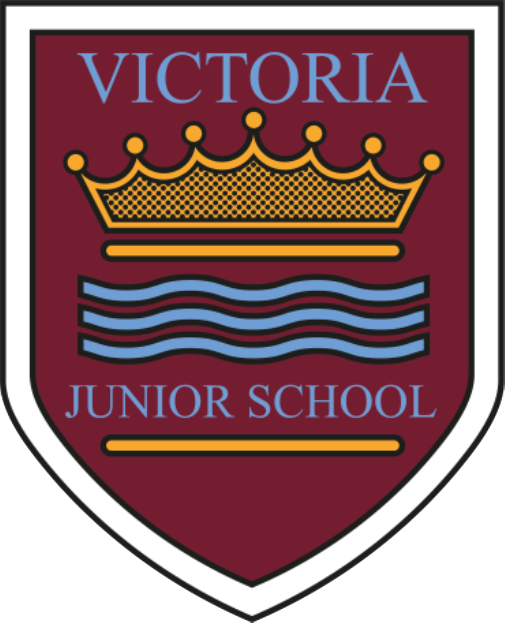Design Technology
Subject Statement – Intent, Implementation and Impact
Subject: DT
Subject Lead: Derek Tavey
Intent:
The National Curriculum (2014) states that:
Design and technology is an inspiring, rigorous and practical subject. Using creativity and imagination, pupils design and make products that solve real and relevant problems within a variety of contexts, considering their own and others’ needs, wants and values. They acquire a broad range of subject knowledge and draw on disciplines such as mathematics, science, engineering, computing and art. Pupils learn how to take risks, becoming resourceful, innovative, enterprising and capable citizens. Through the evaluation of past and present design and technology, they develop a critical understanding of its impact on daily life and the wider world. High-quality design and technology education makes an essential contribution to the creativity, culture, wealth and well-being of the nation.
At Victoria Junior School, we want to provide all of our children with the opportunity to experience a relevant, evolving Design and Technology curriculum, which includes a widening variety of practical activities that are accessible to all pupils, of all abilities.
There are three threshold concepts in DT:
-
Master practical techniques
-
Take inspiration from design
-
Design, make, evaluate and improve
We want our questioning to challenge pupils’ thinking, particularly about the function of products and the needs of users, and for our pupils to actively explore, question and challenge designs. We aim for our teachers to confidently model techniques and subject specific vocabulary, and for pupils to safely master practical techniques. Our D&T tasks aim to link to pupils’ interests, establishing real contexts for their work, and building upon their knowledge and skills in other subjects. We also aim to develop pupils’ metacognitive skills through the ‘Plan, Do, Review’ approach which runs throughout our curriculum.
Implementation:
At Victoria Junior School, we use the Cornerstones Curriculum Pro for Design and Technology, which is a whole school approach to DT for the Primary School. The design and technology projects are well sequenced to provide a coherent subject scheme that develops children’s designing, planning, making and evaluating skills. Each project is based around a design and technology subject focus of structures, mechanisms, cooking and nutrition or textiles. The design and technology curriculum’s electronic systems and IT monitoring and control elements are explicitly taught in our science projects to ensure the links between the subjects are highlighted.
Where possible, meaningful links to other areas of the curriculum have been made. For example, the cooking and nutrition project Eat the Seasons is taught alongside the geography project Sow, Grow and Farm. All the projects follow a structure where children are introduced to key concepts and build up knowledge and skills over time, using a more comprehensive range of equipment and building, cutting, joining, finishing and cooking techniques as they progress through school. All projects contain focused, practical tasks in the Develop stage to help children gain the knowledge and skills needed to complete their Innovate tasks independently. Throughout Key Stages 1 and 2, children build up their knowledge and understanding of the iterative design process. They design, make, test and evaluate their products to match specific design criteria and ensure they fit their purpose. Throughout the projects, children are taught to work hygienically and safely.
As a school we are forging links with local industries and businesses in order to create additional teaching, learning and training opportunities which will assist in the growth and development of our school within the local area and community. As part of our Enrichment afternoons, we are developing pupils’ DT skills using outside agencies such as The Victoria Food Association.
Impact:
The children’s progress is measured by the skills, knowledge and confidence they have gained. Assessments include book monitoring, pupil voice and teacher judgement. Pupils are given the skills to evaluate their end products against their own design criteria and consider the views of others to improve their work.
In addition to this, Cornerstones provide an in-depth assessment tool which will help teachers to not only assess pupils, but identify gaps and inform future planning.
